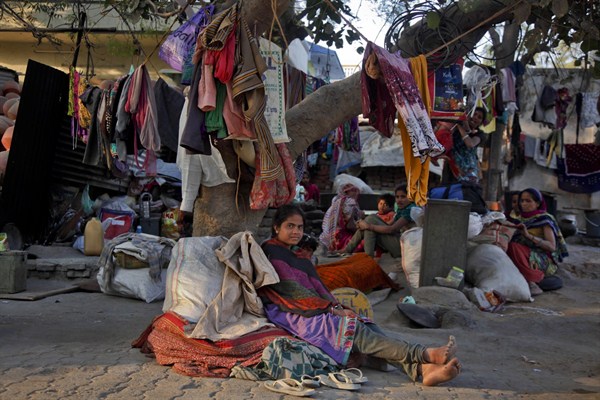It’s pretty hard to read the news or scroll through Twitter these days and still feel good about the state of the world. In the Middle East, the bloodletting in Syria, Yemen and Iraq seems to be continuing with no end in sight. With the recent selection of Avigdor Lieberman as Israel’s defense minister and the creation of the most right-wing government in the country’s history, the hopes for peace between Israelis and Palestinians looks like even more of a long shot than usual. In South America, deep political and economic crises have seemingly put both Venezuela and Brazil on the brink of social implosion. And in Asia, between China’s aggressive posture in the South China Sea and U.S. efforts to reassure friends and allies—illustrated most recently by the Obama administration’s ending of the ban on U.S. arms sales to Vietnam—tensions seem to be increasing on a daily basis.
Closer to home in the United States, the Republican Party is poised to nominate a populist demagogue as its party standard-bearer. And while Donald Trump’s chances of being elected president in November are decidedly slim, that he’s even reached the point of being a major party nominee is enough to make the next five months an ordeal.
But if all this is enough to convince you the world is beyond hope of redemption, a factoid I came across over the weekend while reading Steven Radelet’s “The Great Surge: The Ascent of the Developing World,” should cheer you up. Radelet, a development expert, makes the important, though oft-ignored argument that the most consequential shift in international relations over the past two decades is the economic, political and social transformation of the developing world. While Radelet’s book, which came out in the fall of 2015, is filled with statistics charting this transformation, one number sticks out more than any other: Since 1990, a total of 1 billion people worldwide have been lifted out of poverty. To put that in perspective, in 1981, half the people in the developing world lived in extreme poverty. Today, that number is closer to one in seven. In fact, until about 1993, says Radelet, the number of people living in poverty rose every single year. Then it began a steady and extraordinary decline.

